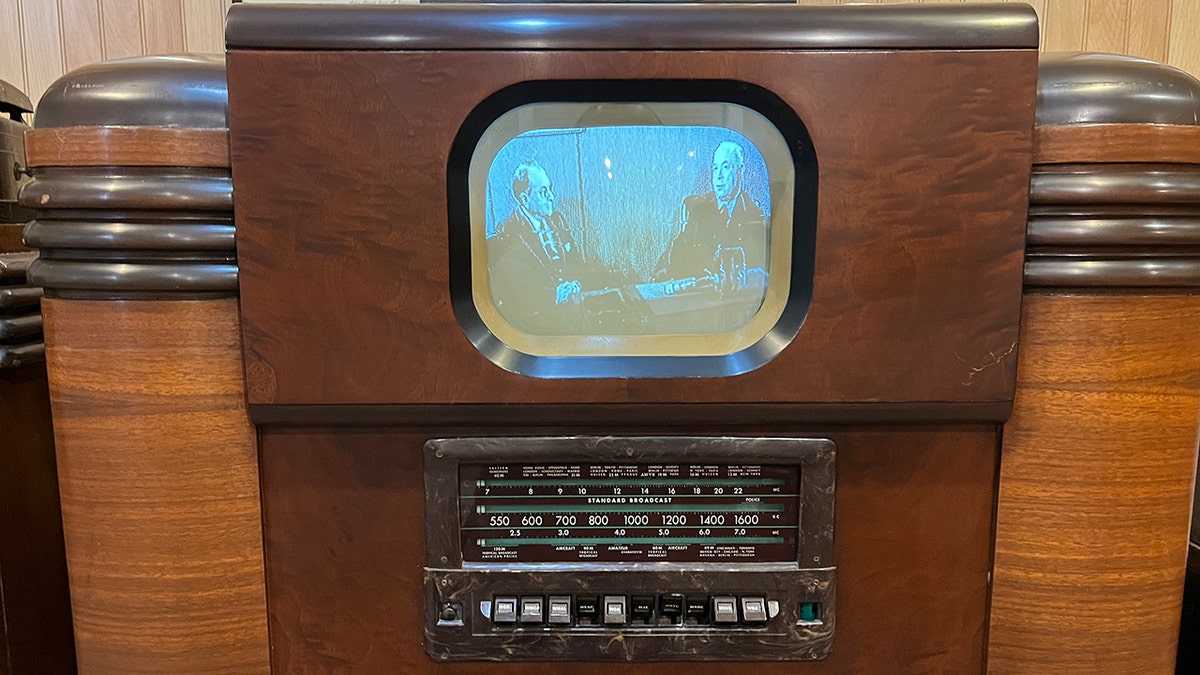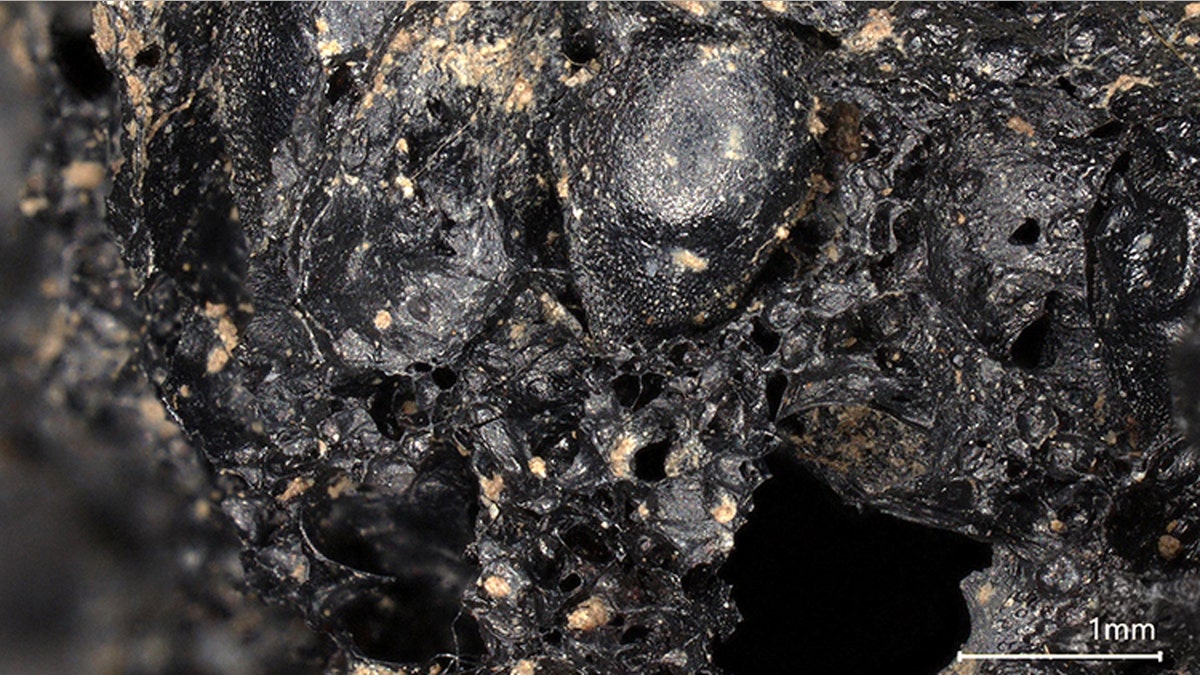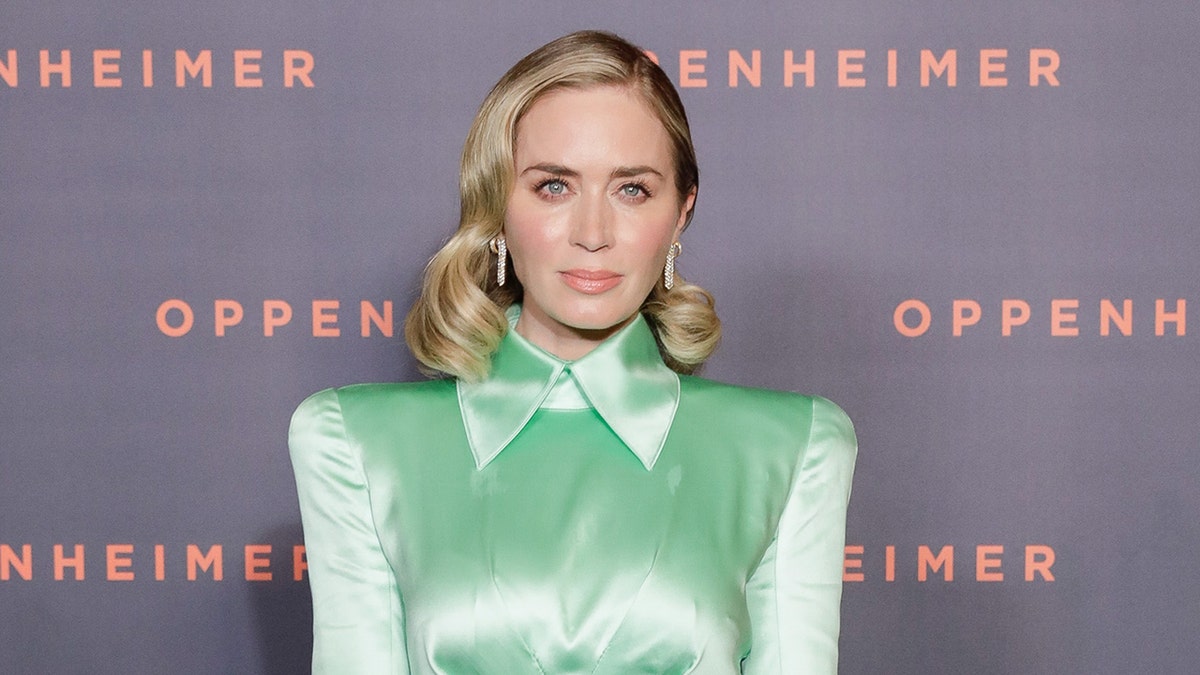The story of television didn't begin with families huddled around fuzzy black-and-white sets. Its roots stretch back surprisingly far, long before iconic shows like "I Love Lucy" graced the screen.
Steve McVoy, founder and president of the Early Television Museum near Columbus, Ohio, notes, "Most people associate TV with the '40s and '50s, but its origins lie in the 1920s, even earlier." His museum showcases a vast collection of televisions, spanning from the earliest mechanical sets of the 1920s and '30s to the transformative post-war black-and-white models and even early color televisions.
McVoy's museum, with approximately 180 sets on display and another 50 in storage, is a testament to this extensive history. It's a collection rivaled only by the MZTV Museum in Toronto. Doron Galili, a media studies research fellow at Stockholm University, praised the museum's ability to showcase not just the technology, but also its impact on popular culture and design.
McVoy's passion for television began in his childhood. His fascination with his family's first set led to early attempts at TV repair, pulling a wagon offering his (admittedly limited) services around his neighborhood. Years later, he turned that early interest into a career, opening his own repair shop and eventually cable television businesses. After selling his cable holdings, he embarked on a new venture: collecting vintage televisions.

His first acquisition, an RCA TRK 12 from the 1939 World's Fair, sparked a deeper dive into collecting. As his collection grew, so did the need for space, leading to the establishment of the Early Television Museum in 2002. The museum offers a chronological journey through television history, complete with audio guides narrated by McVoy himself.
The concept of transmitting images dates back to the 1880s. Early mechanical televisions, developed in the 1920s, relied on rotating discs. By 1930, a handful of stations across the US were broadcasting, though picture quality was rudimentary. Television's official debut is often linked to the 1939 World's Fair, where President Roosevelt's opening speech was broadcast live. World War II temporarily halted production, but post-war advancements in radar and communications technology significantly improved television technology, leading to a surge in popularity.
From 200,000 sets in the US in 1947, the number exploded to 18 million by 1953. The advent of color in 1954, though initially slow to gain traction due to cost, eventually transformed the viewing experience. McVoy’s museum strives to represent this entire evolution, showcasing a comprehensive range of television models. While he possesses a vast collection, McVoy still seeks a rare Philo Farnsworth set from the early days of electronic television, a prized piece that would complete his museum's narrative.








